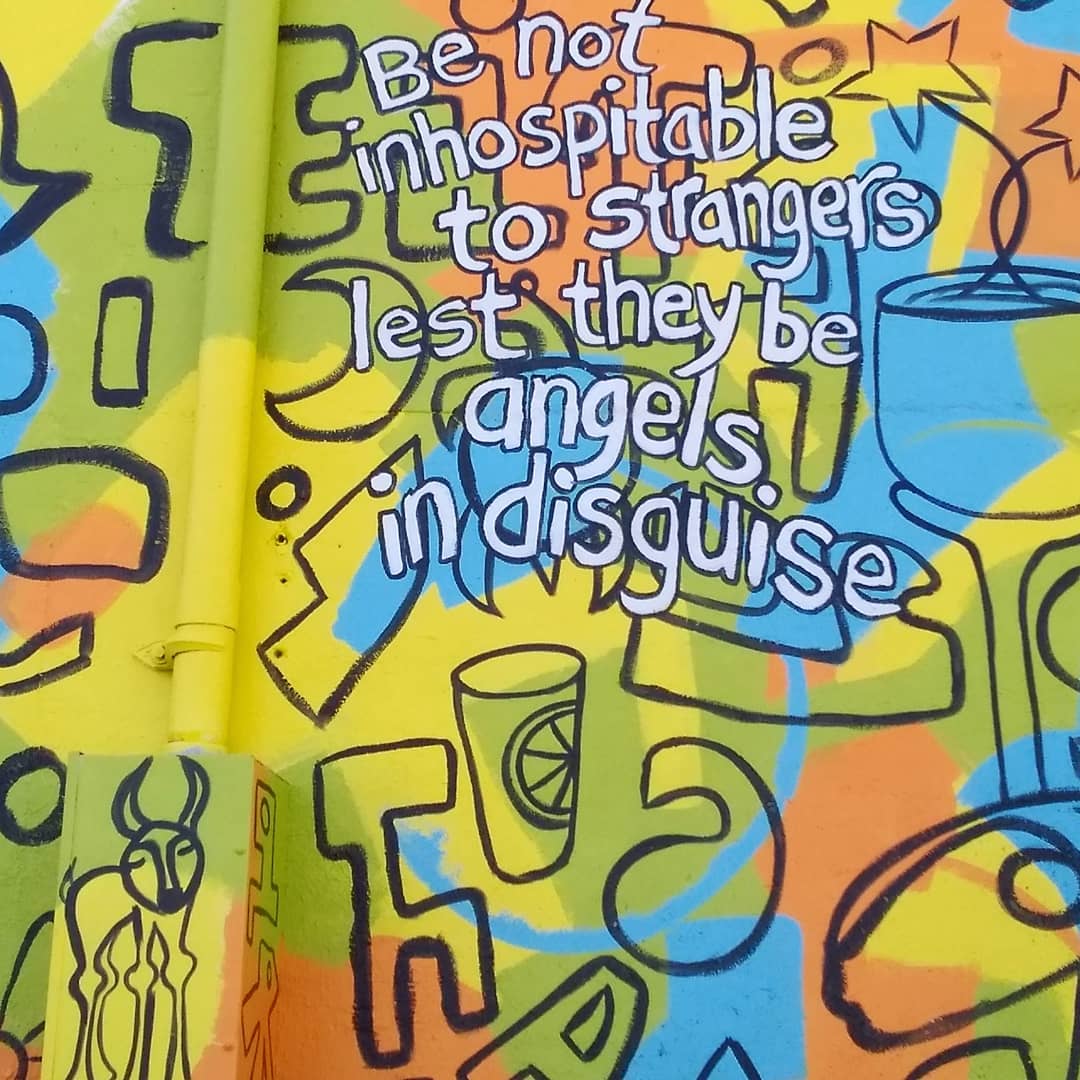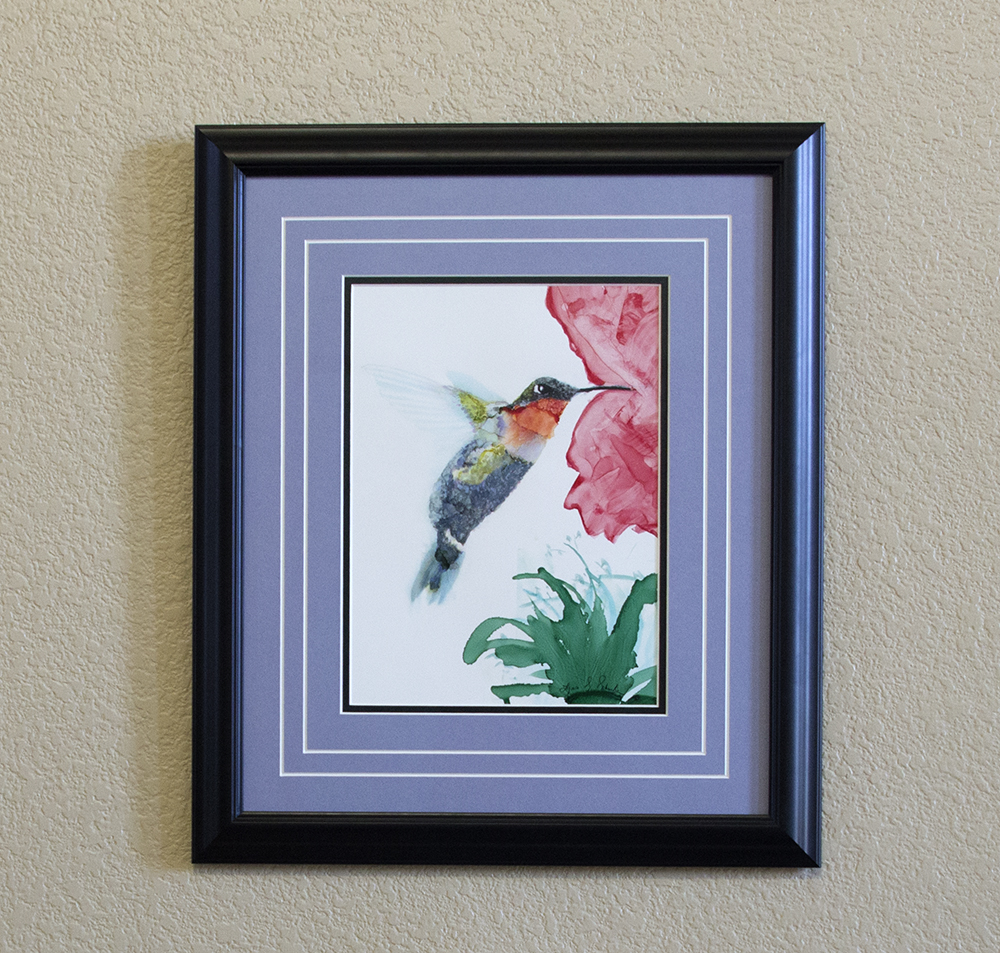Some people never leave us—they inspire us even after they have left our reality.
My grandfather passed away when I was 9 years old, yet every time I enter my art studio, he enters with me. I knew my grandfather Ferdinand, or Frenchy as many called him, during the last stretch of his life when he spent every day painting or making frames.
My grandfather had many artistic friends and although no one in our family remembered "John Torgo," we are thankful to him for this pencil rendering of our middle-aged grandpa.
He was in his last stretch while I was in my first, and the significance of his influence becomes more apparent to me as I now try to devote most of my days to art making. So when I don’t feel like picking up a brush and “working,” I think of my grandfather’s retirement as a full-time painter. He felt inspired until his last day, and never squandered a moment of this cherished time.
Ferdinand F. Vermier began his life as an artist in Belgium, but an older brother, also an artist, squashed his dreams. The competition between these two tempermental siblings was tough, and there are stories of flying paintbrushes. My grandfather was told by his father to find another profession.
From time to time, I also heard stories of another brother who became a sculptor. A newspaper story I have about my grandfather and his art, dated July 3, 1966, tells me my grandfather was one of 11 children. But my mom and her sister were born in the U.S., and they never knew or met any of their aunts and uncles. He abandoned his artistic goals at the age of 19, and entered college to become an engineer.
He left Belgium somewhere around 1903 (family history is sketchy) for Africa to help design and build a railroad in what was then the Belgian Congo, now the Democratic Republic of the Congo (DRC). He traveled throughout Africa, and often told us dramatic stories of large snakes, tigers, and a pet monkey from his beloved time on this continent. He sailed for America in 1906 and wrote his wife, Henrietta, in Ghent, Belgium, to follow him. My mom claimed her mother didn’t come for 2 years, but the newspaper article reports 6 years. There are many conflicting stories about my grandfather and the family’s history, and only intense genealogy (some day) will straighten these discrepancies out.
Yet the exact details of my grandfather’s life aren’t integral to my story. It’s the fact that in the last 11 years of his life, after he had retired from his technical jobs, he took up his paintbrush and he painted. He worked every day. He created art. Many of these artworks now hang in my home, framed in his signature gold wooden frames.
I remember walking into his kitchen where pieces of framing supplies covered the table, and sawdust blew across the floor. Passing through this first room, I would enter the living room (art studio) to find him, standing at his easel.
He would pull me close, and wrap an arm around me—a paintbrush still in his other hand. I would stand transfixed at the images starting to take shape on the canvas before him.
I wasn’t a child that spent all my days and nights drawing, but I lived a lot in my head, and I imagined things—stories, scenes and images. He somehow intuited my passion for storytelling and art, and his encouraging words stuck. Even when I was working at jobs not cut out for me, jobs not suited to my creative impulses and passions, I heard his voice and his admonition to pursue a creative life. I remembered how he also worked jobs to pay the bills and raise his family.
And I remember that he lived his last days pursuing his calling to create because a calling cannot be ignored. His spirit is my lodestone, and it keeps me working even on days when forcing myself to sit and put colors to a page seems inconsequential, or nearly impossible. He refuses to let me give in to self pity. He reminds me that beauty is in the process. I tell him it is, and I thank him.
See my paintings here.
















